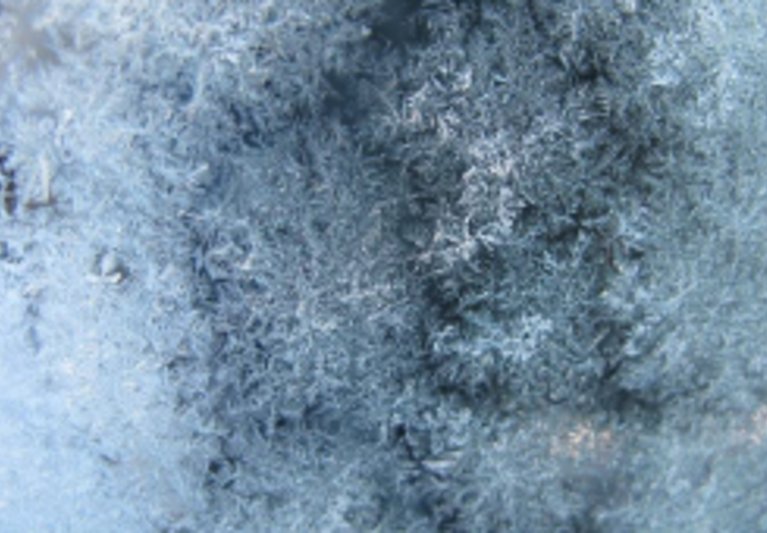 Detail
DetailNAP-SPM system
Scanning Probe Microscope for Experiments in Near Ambient Pressure
Investigations of catalytic reactions on surfaces and the attempt to bridge the pressure and material gap between UHV and “real world” applications require an ultra-stable and reliable SPM able to operate in extreme conditions. The stability and simplicity of the SPM Aarhus design allows for the extension of the applications in the pressure range between UHV and 100 mbar by developing special near ambient pressure (NAP) design. For this, the SPM Aarhus head is mounted in side of an in-situ reactor cell made of inert materials (or coated with non-reactive material). Thus, only the inside of a little reactor cell is flooded with gas. Easy and fast on-site switch between UHV and near ambient pressure applications is possible by opening a lid on top of the reactor cell. A halogen lamp heater for high temperature applications is mounted directly on the lid allowing imaging of all kinds of samples at temperatures exceeding 500 °C in UHV and 250 °C at 10 mbar N2.
In-situ tip/sensor preparation by ion sputtering is still feasible when the lid of the reactor is open. A direct in-situ optical access to the sample during measurements at near ambient pressures can be used for investigation of photo catalytic reactions. Both STM tips as well as the KolibriSensor can be used with the system without any compromises on its stability.
KEY FEATURES
- Aarhus SPM head including reactor cell and radiative heater for operation at pressures of up to 100 mbar
- Inside the reactor cell is made of inert materials or coated with a non-reactive material
- Two windows in the reactor cell for UV-VIS irradiation of the sample during in-situ scanning
- SH-STM high stability power supply for radiative heating
- VTC 20 temperature control for STM body
- SPC 260 fast scan electronics and software package optional
- Nanonis SPM control system
- Wobble stick for specimen transfer into reaction cell and handling of cell lid
- Temperature range: 130 K - 500 °C in UHV, RT - 250 °C at 10 mbar N2


